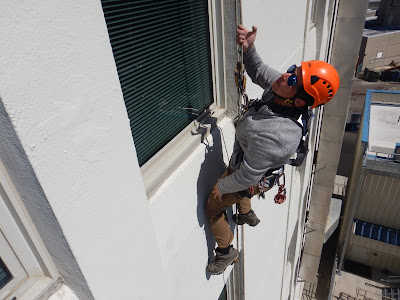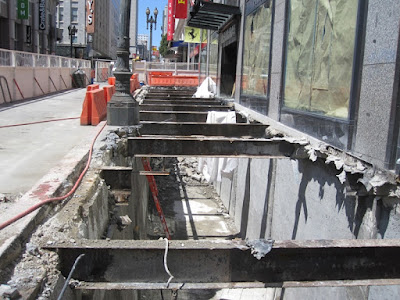The façade of a building serves as a protective shield against external elements like weather, pollution, and physical damage.
If you begin noticing cracks, stains, corrosion, and other forms of damage, know that it’s time to begin restoration. Façade restoration is not just for aesthetic enhancements. It’s a crucial aspect of building management because it ensures the safety of occupants and the longevity of the structure.
Façade restoration requires a methodic approach, requiring inspections, planning and execution. Here’s how the restoration process works:
Façade Assessment
This involves a thorough inspection of the façade to identify existing issues, including cracks, spalling, corrosion, and water infiltration. Enlisting the help of qualified professionals helps you assess the extent of damage and recommend the appropriate repair measures.
Develop a Restoration Plan
Based on your assessment findings, develop a restoration plan outlining the scope of work, timeline, and budget. This will help prioritize repairs according to the severity of issues and potential safety risks.
Repair and Restore
Implement the repairs deemed necessary per your restoration plan. This may include repairing cracks, replacing damaged façade elements, waterproofing, and reinforcing structural components to enhance the stability and resilience of your building.
Preventative Maintenance
After your repairs have been made, it’s important to establish a proactive façade maintenance plan to prevent future deterioration and prolong the lifespan of the façade.
This can include routine inspections, cleaning, sealing, painting, and addressing minor issues before they escalate into major problems.
Create a Restoration Plan with a Building Façade Inspection in Atlanta!
Façade maintenance requires careful planning, skilled execution, and ongoing maintenance to ensure optimal results.
Contact us today to schedule a building façade inspection in Atlanta! Our engineers at IEI are happy to look at your structure and let you know of any issues that require immediate attention so you can keep your occupants safe and extend the lifespan of your building.










